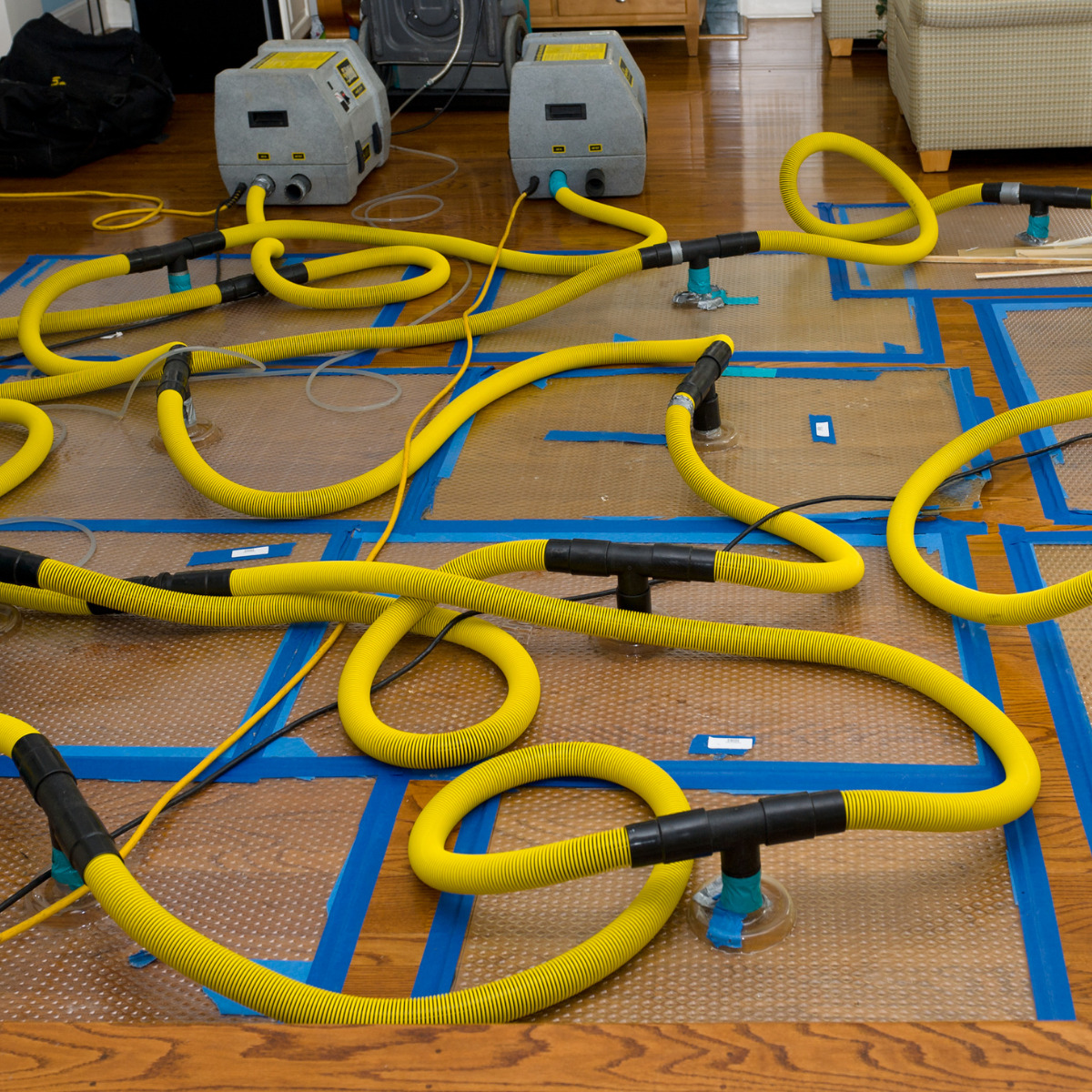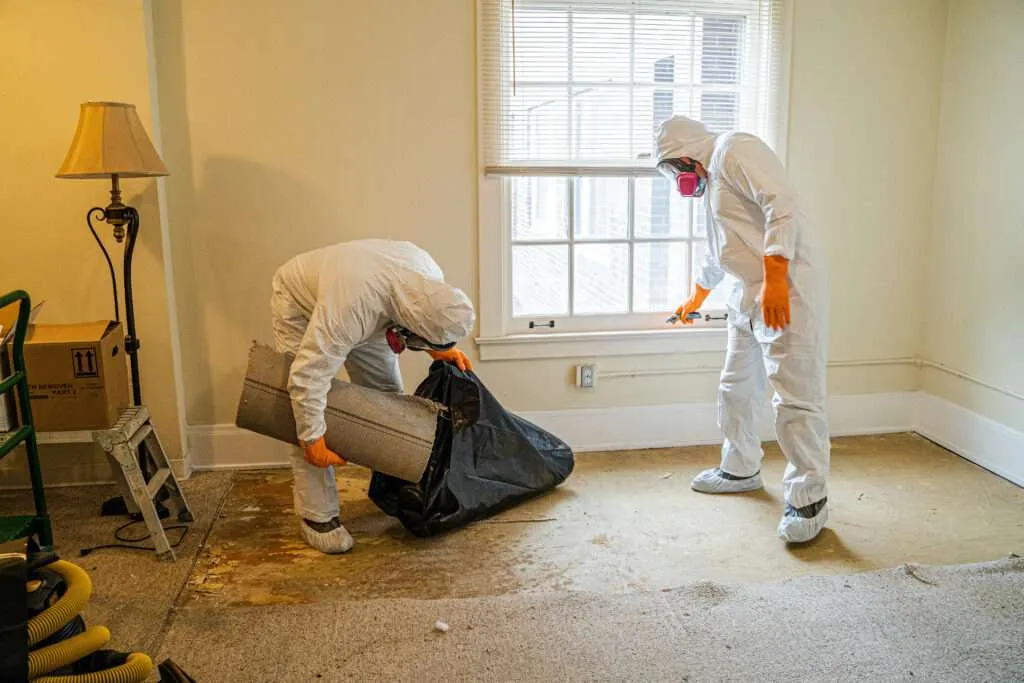Comprehensive Water Damage Restoration Albany NY: Obtain Your Property Back on the right track!
Comprehensive Water Damage Restoration Albany NY: Obtain Your Property Back on the right track!
Blog Article
Crucial Steps for Effective Water Damages Repair in your house
Water damages in your home can be a traumatic occurrence that requires instant attention and systematic reconstruction. When encountered with water damage, recognizing the essential steps to take can make a substantial difference in the result of the repair process.
Determine the Water Damage Resource

To determine the water damage resource, start by aesthetically evaluating your property for any kind of noticeable signs of water leakage or pooling. Inspect areas prone to water damages such as basements, attic rooms, and around plumbing components. Usage tools like moisture meters to detect covert water build-up within walls or ceilings. It is additionally a good idea to review your home's upkeep documents to determine any previous concerns that may have contributed to the current water damages.
In instances where the resource of water damages is not immediately obvious, speaking with an expert water damage reconstruction firm can provide know-how in finding and attending to the underlying reason properly. Promptly identifying and dealing with the water damage source is essential in lessening the level of damages and making sure an effective repair process.

Get Rid Of Excess Water
To effectively alleviate water damages in your house, punctual removal of excess water is necessary to prevent more architectural damage and mold growth. The primary step in removing excess water is to determine the source and stop the water from getting in the home. Once the source is regulated, begin removing standing water making use of specific tools such as water pumps, wet/dry vacuum cleaners, and dehumidifiers. It is important to act promptly, as stagnant water can leak into wall surfaces, floors, and furniture, triggering irreversible damages. Start by concentrating on the most damaged locations and slowly work towards drying out the whole space.
When removing excess water, prioritize security by making certain that electricity is transformed off in flooded areas to stop electric risks. By promptly getting rid of excess water, you can considerably reduce the extent of water damages and recover your home to its pre-damaged problem.
Dry Affected Areas
Prompt removal of excess water sets the structure for the following critical step in water damage remediation: drying out the affected locations thoroughly. When the standing water has actually been removed, the emphasis changes to drying the room entirely to stop more damages and mold development.

In addition, making use of specific equipment like dampness meters can assist in identifying hidden pockets of dampness within wall surfaces or floor covering, making sure an extensive drying out technique. It is crucial to monitor the drying out development consistently to protect against any kind of setbacks or click for info possible mold and mildew problems.
In cases of extensive water damages, seeking professional aid from water damage repair experts is suggested to make certain complete drying out and protect against lasting structural problems. Bear in mind, extensive drying out is key to effective water damages restoration and protecting against future problems.
Clean and Disinfect
After drying out the influenced areas, it is essential to clean all surfaces with soap and water. Utilizing EPA-approved disinfectants can aid in reducing the effects of possible health and wellness threats present in standing water or moisture-soaked materials.
When cleaning and disinfecting, it is crucial to put on suitable safety gear such as handwear covers, masks, and goggles to secure yourself from any type of damaging materials. Pay unique interest to locations that are often overlooked, such as covert corners, wall surface tooth cavities, and under floor covering, as they can nurture dampness and bacteria, resulting in mold development and nasty smells if left untreated.
Repair Work and Restore Broken Areas
After completing the cleansing and sanitation process, the next crucial action in water damage repair is to fix and restore the harmed locations in your home. Once the affected areas have actually been completely cleaned and decontaminated, it is important to assess the extent of the damages to establish what repair services are required. This may involve repairing architectural damages, replacing drywall, repairing flooring, or recovering damaged furniture and possessions.
It is crucial to address water damages promptly to avoid additional problems such as mold growth or structural degeneration. Employing expert contractors or reconstruction blog professionals can guarantee that fixings are done correctly and efficiently. They have the expertise and tools to deal with water damage reconstruction successfully.
When repairing and bring back harmed areas, it is crucial to utilize quality products that are immune to water damages to prevent future problems. Furthermore, ensuring correct air flow and moisture control in the restored locations can assist protect against mold and mildew growth and maintain a healthy indoor setting. By attending to water damage without delay and successfully repairing and recovering damaged locations, you can make certain the long-term safety and stability of your home.
Verdict
To conclude, effective water damage remediation in your home calls for determining the source of the damages, removing excess water, drying out affected locations, cleaning and disinfecting, and fixing harmed areas. By adhering More Help to these vital steps, you can minimize the effect of water damages and restore your home to its pre-damaged condition. It is crucial to act promptly and completely to avoid further damages and make sure a secure and healthy living environment.
Report this page